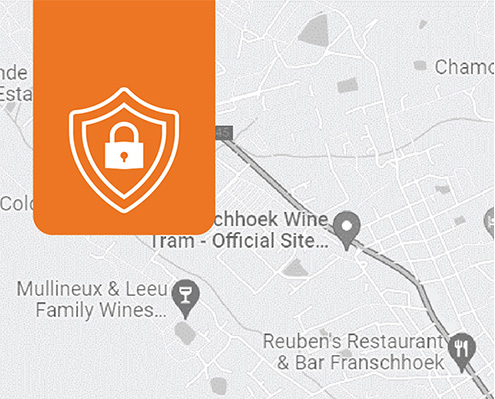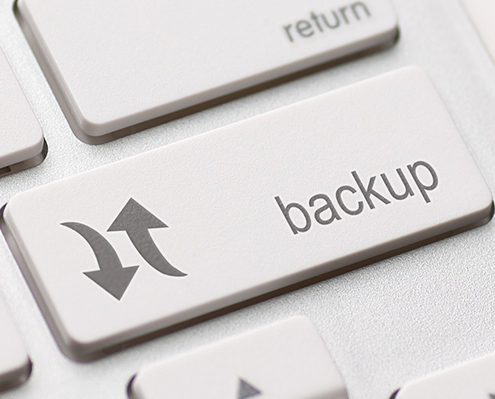SOUTH AFRICAN BUSINESS SHOULD LEAD TO BETTER COLLABORATION & WORKFLOWS

Success in business depends on constantly improving processes – especially those involving #collaboration – and kaizens can provide crucial help. Japanese for “continuous improvement,” a kaizen is a workshop-style event that brings people together to identify where and how work happens, and ways to optimize it. With every step your organization takes toward digital business transformation, it is crucial to assess how you are collaborating and identify improvements. Hosting kaizens is #ItecSouthAfrica’s approach—and it’s one that works.
For several years now, I have led kaizens in every functional area, from various business units in the corporate landscape. Inevitably, we find a lot of wasted efforts when we break down the inefficient processes and excessive collaboration tools.
- To address this in your own organization, follow these steps for a successful collaboration kaizen:
- Gather the right people.
- Identify the current state of collaboration.
- Outline your plan for the future state.
- Foster a continuous improvement culture.
Let me share with you each step in more detail.
Gather The Right People
Start by gathering key stakeholders in the collaboration process you want to improve, pulling from multiple teams and departments as necessary. Six to twelve people is ideal, definitely don’t go over twelve. Meet somewhere free of outside distractions.
Have the team agree on the specific collaboration process it will address and how to measure success. This keeps everyone focused, engaged and on message.
Identify The Current State Of Collaboration
Discuss and document the current state of the collaboration process thoroughly, listing all the tools used. This allows everyone to see how things actually work outside of the “official” process.
Always Ask Why
We often fall into the habit of doing things the same way we’ve always done them. To overcome this, ask why things are done a certain way and evaluate the role your collaboration solutions play. If you find those solutions are inhibiting your process, identify:
- Why your existing solutions aren’t working
- Why you need a new solution
- What specific task(s) you need the new solution to perform
Answering the “why” may require time to dig into your data and ask the tough questions. It’s challenging, but dealing with it will almost always expose the real blockers to productivity. Remember, Einstein’s definition of insanity is, “Doing the same thing and expecting different results.” Typically when this is completed the team’s eyes are opened to the excessive complexity of the existing process and everyone becomes ready to brainstorm ideas for improvement.
Go to “Gemba” Gemba is a Japanese term for “where the real work is done.” Going to Gemba ensures that you are talking to the real people who can help you identify the issues with your collaboration process by helping you truly understand:
- How work is done in your organization
- What tools you use today
- How employees will realize the value of a solution
- What drives productivity
After all, collaboration means different things to different people. A sales account manager’s workflow and collaboration needs differ from those of a human resources employee, and the key to the adoption of a new solution later on will be to meet the individual needs of each user—which brings me to the next step.
Outline Your Plan For The Future State
Switch gears to what the future state of the collaboration process should look like. This is an opportunity for the team to envision a streamlined future workflow, unrestricted by the existing tools being used.
Once this is defined, examine how your team collaboration solutions can better serve your process, not vice versa. And if you determined in the previous step that your solutions were inhibiting your process, discuss how your ideal solutions would operate. What new capabilities would they have? How would they be seamlessly integrated into your collaboration workflows?
Work with an experienced communications provider, like #ItecSouthAfrica, to find the right solutions for your organization. Ideally, you could deploy customized solutions across the entire organization, but it may make sense to begin with one functional group to establish a process. Once other groups see the value, they will be keen to do the same for their collaboration workflows.
Foster A Continuous Improvement Culture
Any process built today can be improved tomorrow, so don’t let “perfect” get in the way of “better.” When you encourage a continuous improvement mindset, employees learn to identify small changes that will improve things. Many small changes made over time have a lasting impact.
And, while I have described a typical kaizen in which people get together, you can interchangeably use the word to mean a mindset of continuous improvement.
How Could I Use A Kaizen?
Without a doubt, kaizens are perfect for examining collaboration processes and identifying the best new solutions. Leverage them regularly to continuously improve your processes, ensuring employees’ concerns are addressed to ultimately drive adoption and efficiency. Only then can you make the future of collaboration – seamless communications integrated into optimized workflows – a reality for your organization and stay on the cutting edge of your industry.
Question to you – are your practising #kaizen and #gemba in your team or business?
Credit to Mona Abou-Sayed for her inspiring views and insights, that constantly inspires and challenges my own. I trust this will do the same for you.











